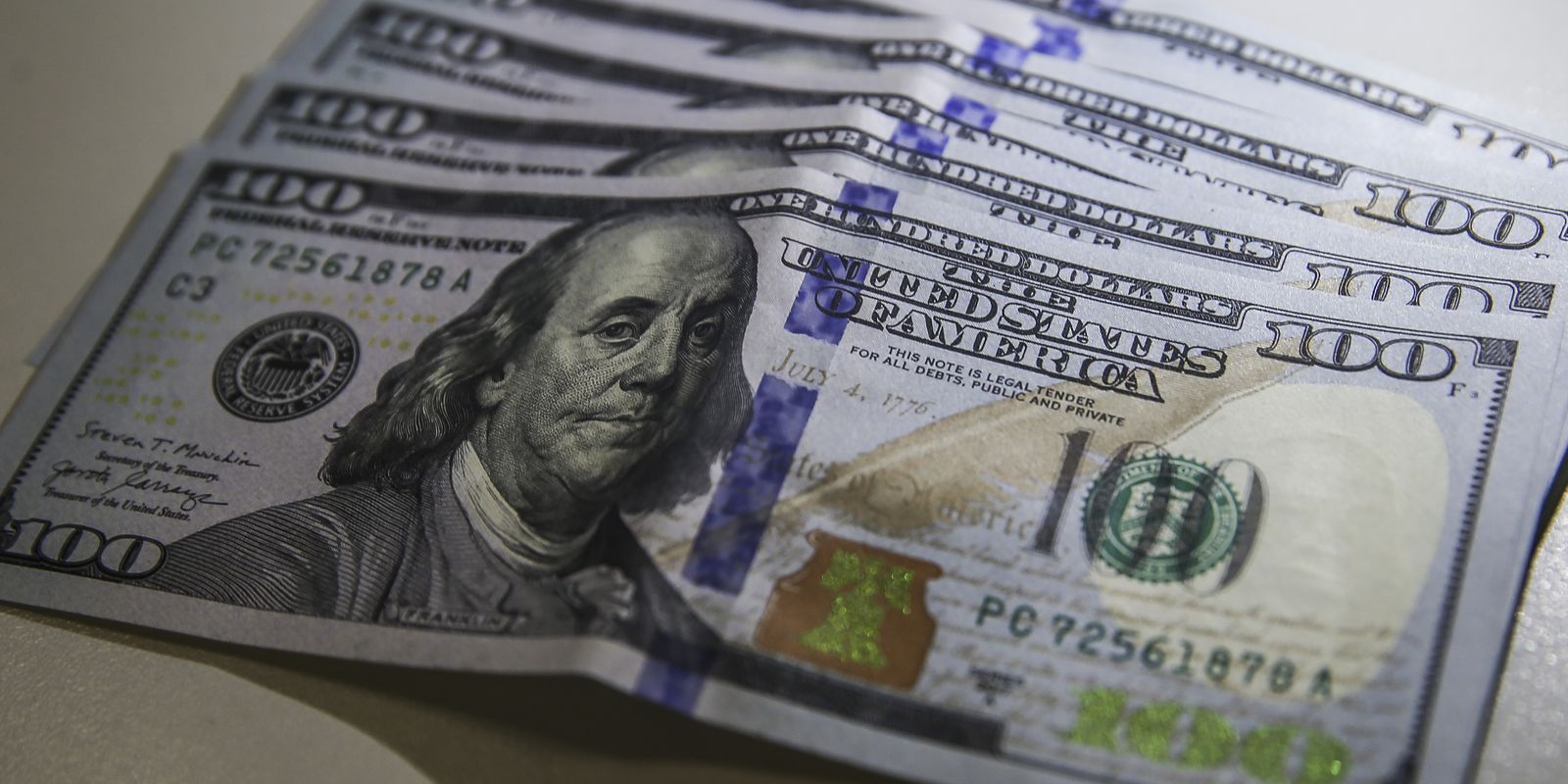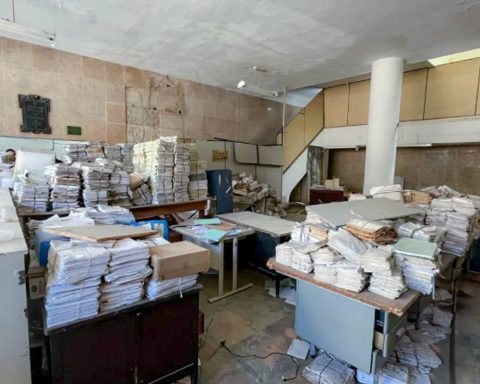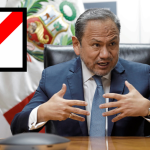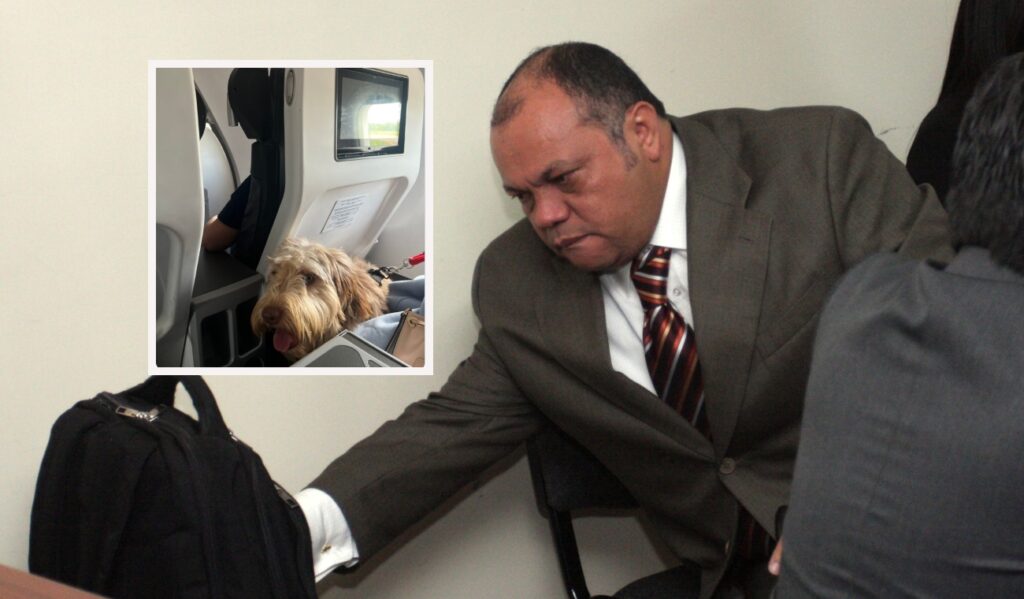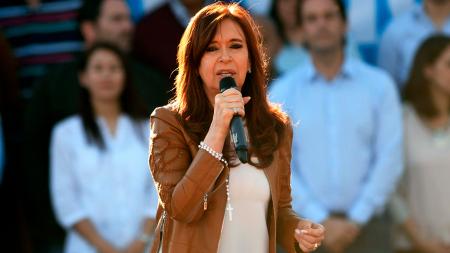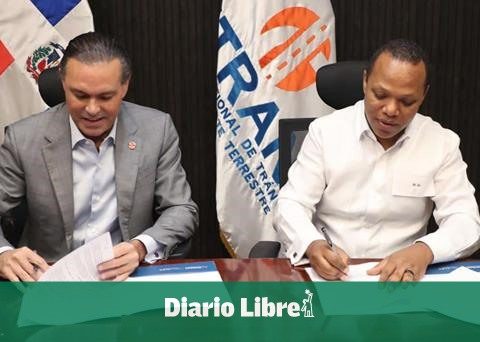The external accounts had a negative balance of US$ 5.678 billion in September, informed the Central Bank (BC) today (24). It is the highest value in the series for September, since 2014, when the deficit was US$ 8 billion in current transactions, which are purchases and sales of goods and services and income transfers with other countries. In the same month of 2021, the deficit had been US$ 1.921 billion.
According to the head of the BC Statistics Department, Fernando Rocha, since April the monthly results of current transactions have been higher than in the same months of 2021. This indicates that the results are already comparable with other periods of the economy, overcoming the periods of crisis caused by the covid-19 pandemic.
“This stems from two factors, the first is the full reopening of the economy. In April 2021 we were coming out of that second wave of the pandemic, Ômicron, we still had a lot of restrictions. Now in 2022 we already have a full reopening of the economy. The other point is the above-expected growth that has been happening this year, to the forecasts that have been revised upwards”, said Rocha.
The difference in the year-on-year comparison is due to the trade balance surplus, which reduced US$ 196 million, while the deficits in services and primary income (profits and dividends) increased by US$ 536 million and US$ 3.1 billion, respectively. Rocha highlights the growth in the deficit of profits and dividends, a result of the increase in direct investments in the country and the greater profitability of companies. “It is an expected result with the improvement of the economy”, he explained.
In the 12 months ended in September, the current account deficit is US$ 46.153 billion, 2.56% of the Gross Domestic Product (GDP, the sum of goods and services produced in the country), compared to a negative balance of US$ 42.397 billion. (2.38% of GDP) in August 2022 and a deficit of US$ 23.428 billion (1.49% of GDP) in the equivalent period ending in September 2021.
For the year, the deficit is US$ 29.583 billion, against a negative balance of US$ 11.356 billion from January to September 2021.
Trade balance and services
Exports of goods totaled US$ 30.608 billion in September, an increase of 24.5% compared to the same month of 2021. Imports totaled US$ 28.252 billion, an increase of 28.2% compared to September last year. With these results, the trade balance closed with a surplus of US$ 2.356 billion last month, compared to a positive balance of US$ 2.551 billion in September 2021.
The deficit in the services account (international travel, transportation, equipment rental and insurance, among others) totaled US$ 1.887 billion in September, an increase of 39.6% compared to US$ 1.352 billion in the same month of 2021.
In line with the expansion in the volume of foreign trade, net transportation expenses increased significantly by 101.1%, year-on-year, from US$ 372 million in September 2021 to US$ 748 million in September this year.
In the case of international travel, following the trend of recent months, revenues from foreigners traveling to Brazil grew year-on-year and reached US$ 416 million in September, against US$ 236 million in the same month of 2021. Expenses by Brazilians abroad rose from US$ 474 million in September last year to US$ 907 million in the same month of 2022.
As a result, the travel account closed the month with a 106.9% increase in the deficit, reaching US$ 491 million, compared to a deficit of US$ 237 million in September 2021, contributing to increase the negative balance in services. According to Rocha, unlike the general result of current transactions, the travel account still cannot be compared with pre-pandemic periods and the recovery is much more gradual.
Year-to-date, the account deficit quadrupled, from US$ 1.326 billion from January to September 2021 to US$ 5.363 billion from January to September this year. “But if we look at the last 12 months to September 2022, net travel expenses amounted to $6.3 billion, while the last 12 months to September 2019, before the pandemic, the deficit was $11.8 billion. ”, highlighted Rocha.
rents
In September 2022, the deficit in primary income (profits and dividends, interest payments and salaries) reached US$6.534 billion, 92.7% higher than the US$3.391 billion in the same month of 2021.
Normally, this account is in deficit, since there are more investments by foreigners in Brazil, who remit profits abroad, than by Brazilians abroad. And, once again, Rocha highlighted that any of the values in the account are already the highest in the historical series. “Here we are no longer trying to compare it with a pandemic period,” he said.
In the case of profits and dividends associated with direct and portfolio investments, there was a deficit of US$ 5.326 billion in the month of September this year, compared to the observed in September 2021, of US$ 2.508 billion, with emphasis on gross profit expenses investment portfolio, which increased from US$724 million in September 2021 to US$3.020 billion in September 2022.
“The explanation is the growth of the stock of direct investment, in the range of US$ 73 billion in the last 12 months, which is being remunerated. Inventory growth, even with a constant profitability rate, contributes to the increase in the account; if profitability grows it magnifies that process,” he explained.
Net interest expenses went from US$ 899 million to US$ 1.225 billion. The increase in interest was concentrated in operations of companies of the same economic group, according to the BC.
The secondary income account (generated in one economy and distributed to another, such as donations and remittances of dollars, without consideration for services or goods) had a positive result of US$ 388 million, against US$ 270 million in September 2021.
investments
Net inflows in direct investments in the country (IDP) totaled US$ 9.185 billion last month, compared to US$ 4.600 billion in September 2021. It is the highest net inflow for September since 2017, when it was US$ 9.3 billion.
Last month, there were net inflows in capital participation of US$ 3.448 billion, such as with the purchase of new companies and reinvestment of profits. Meanwhile, intercompany operations (such as loans from the parent company abroad to the branch in Brazil) had a surplus of US$ 5.737 billion.
In the 12 months ending September 2022, IDP totaled US$73.811 billion, corresponding to 4.1% of GDP, compared to US$69.226 billion (3.88% of GDP) in the previous month and US$49.866 billion ( 3.17% of GDP) in September 2021.
When the country registers a negative balance in current transactions, it needs to cover the deficit with investments or loans abroad. The best way to finance the negative balance is the IDP, because the resources are invested in the productive sector and are usually long-term investments. For the month of October 2022, the Central Bank’s estimate for the IDP is net inflows of US$ 3.943 billion.
Portfolio investments in the domestic market totaled net outflows of US$2.638 billion in September 2022, comprised of outflows of US$3.860 billion in equities and investment funds and inflows of US$1.222 billion in debt securities.
The stock of international reserves reached US$ 327.580 billion in September 2022, an increase of US$ 12.084 billion compared to the previous month. The result was mainly due to variations in prices and parities, which contributed to reduce the stock by US$ 6.452 billion and US$ 2.457 billion, respectively, partially offset by the positive contribution of interest income, of US$ 563 million.
